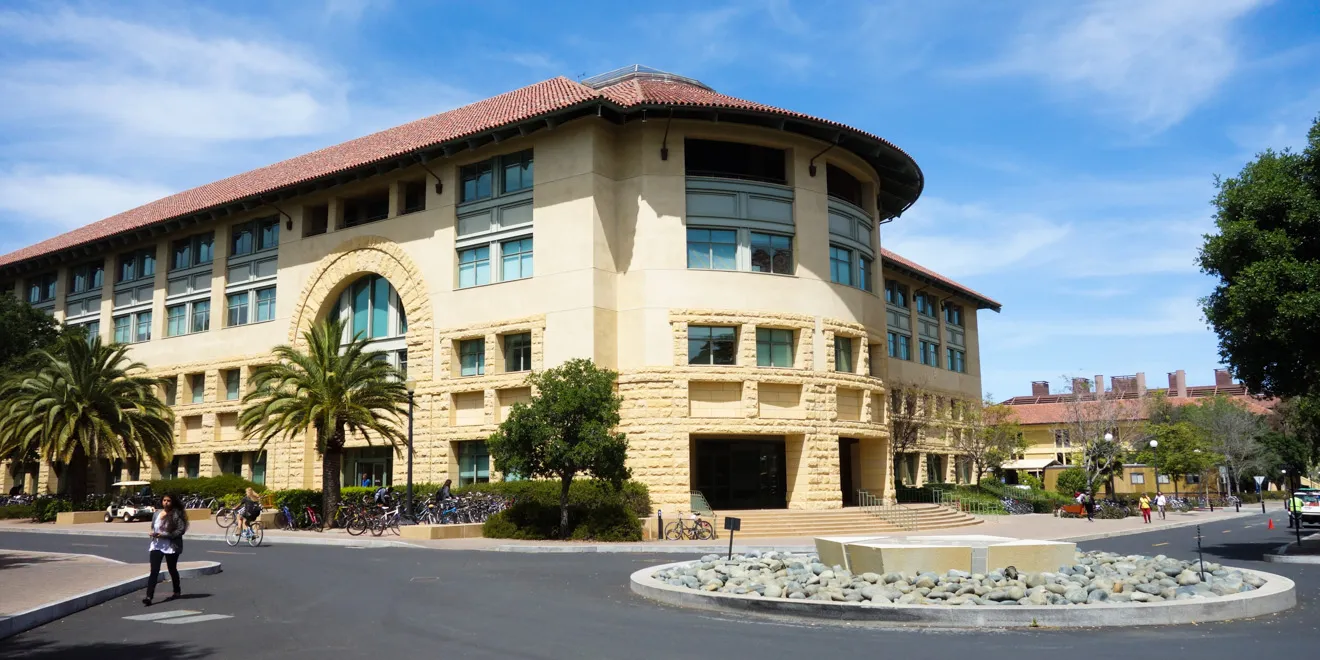Tuition is supposed to pay for something specific — an academic education. For the many Ph.D. students in Stanford’s STEM departments, however, I’d estimate about 75% of total tuition dollars go towards graduate independent research units, or — as I like to call them — “pretend classes.” There are no exams, no lectures, no tests and certainly no syllabus. Stanford does not set or enforce University-wide minimum advising standards, and faculty contact hours often fall far below the standards for ordinary academic units. Ph.D. students deserve better. Either Stanford should define and enforce clear standards for what research unit tuition provides, or it should specify exactly how else that tuition money is spent to support graduate students.
In some ways, Ph.D. student tuition seems like an accounting fiction. Ph.D. students don’t pay for tuition directly, so it’s easy to view it as a made up number that the University pays itself — in this case, about $13k-14k per quarter. But tuition isn’t paid out of thin air. For Ph.D. students in a STEM department, as I was, tuition is often taken from research grants made to a student’s faculty advisor, money that could otherwise be spent to further support students and their research. If Stanford wants to take such a large cut of grant money under the guise of tuition for graduate research units, there needs to be a clear educational benefit for Ph.D. students.
Research units are typically listed as 399 or 499 in the course catalog, but the enrolled experience looks a lot more like having a job as a researcher than taking a class. One unit in a Stanford course usually corresponds to one hour of course instruction per week, but Ph.D. students typically receive far, far less instruction time, even when enrolled in 10 research units. My graduate school experience averaged one or two hours of one-on-one advising per month, although in some programs, up to one hour per week is common – still just 10% of the hours implied by a 10 unit enrollment.
In a normal job, meeting once a week with your advisor would be called “having a manager,” and companies usually don’t charge upwards of $40k per year to provide managers to their junior employees. Indeed, Stanford’s postdoctoral researchers, who don’t pay tuition, also benefit from faculty advisors and many of the same job benefits as Ph.D. student workers.
The charges for research units add up fast. Stanford requires 135 units to complete a Ph.D., but departmental requirements are typically much less, e.g. as few as nine units for computer science, or 30 units for applied physics. Beyond those requirements, it’s often not possible to find sufficient courses relevant to your specific research area to reach the Stanford-mandated minimum units. That leaves about 100 to 120 units taken as independent research units, which equates to over $130k of tuition charges per student across the course of their Ph.D. for research units alone.
How should Stanford fix this problem? I see two possible directions: raising quality or adjusting costs. With regard to quality, Stanford could raise the academic standards for research units so as to be in line with other courses at the University. Ph.D. students enrolled in 10 research units would be guaranteed 10 hours each week with their advisor, either individually or in small groups. If a faculty member offloads the training of new Ph.D. students to their senior graduate students or postdoctoral researchers, this should be formalized and compensated. However the academic program is organized, Stanford would need to monitor and enforce meaningful instruction and advising standards in a way that has been absent to date.
As for cost adjustments, Stanford could officially recognize that research units provide Ph.D. students with less academic resources than normal and redistribute tuition dollars accordingly. If Stanford were to redirect research unit tuition charges into Ph.D. student researcher salaries, it could afford to raise salaries by a whopping $22k per year spread across a 6-year degree. This would be a large, though not inconceivable, financial adjustment at just about 1% of Stanford’s annual budget.
In fact, we already have a model of a peer institution doing something quite similar. In 2022, Princeton eliminated graduate student tuition charges to research grants, while simultaneously increasing graduate student worker pay. Not coincidentally, this also came with some good news for graduate student workers. As Princeton president Christopher Eisgruber announced, “Princeton’s graduate stipends in all fields will increase by an average of 25 percent,” which is “the largest single-year increase to graduate stipend rates in the University’s history.”
Stanford’s administration should clearly answer these two key questions: 1. What are the academic services that Ph.D. students should be guaranteed per unit of independent research tuition? 2. In the current status quo, what per-student benefits do research unit tuition charges pay for that are above and beyond what non-tuition-paying postdoctoral research workers get?
University finances can be frustratingly opaque, and I think Stanford owes more explanation to its Ph.D. student workers here. Tuition is supposed to pay for academic instruction, yet right now, Stanford is not providing enough to justify taking research unit tuition dollars.
Ben Parks Ph.D. ’23 is a recent graduate of the Stanford computer science doctoral program. Contact him at bparks ‘at’ cs.stanford.edu.
